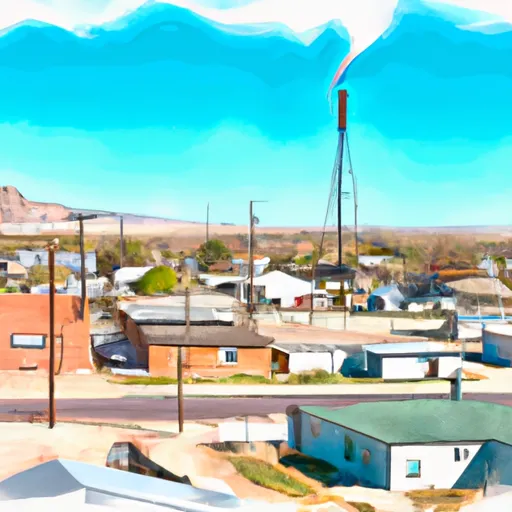-
 Snoflo Premium
Snoflo Premium
Get unlimited access to all our content
With no Ad interruptions! - Start Your Free Trial Login with existing account
Hooper
Eden Index
Climate
9.4
•
Recreation
2.8
•
Community
3.4
•
Safeguard
5.6/10

Hooper, Utah is a small town located in Weber County, in the northern part of the state. The town has a semi-arid climate, with hot summers and cold winters. Summers are typically dry, with temperatures averaging around 90°F (32°C), while winters are cold, with temperatures dropping below freezing and occasional snowfall.
Hydrologically, Hooper is situated near the Great Salt Lake, which is the largest saltwater lake in the Western Hemisphere. The lake is a significant source of water for the area and has a significant impact on the local climate.
Hooper offers a range of outdoor recreation opportunities. One such opportunity is the nearby Hooper City Park, which features picnic areas, playgrounds, and open spaces for recreational activities. Additionally, residents and visitors can enjoy hiking and camping in the nearby Wasatch Mountains, where they can explore various trails and enjoy stunning views of the surrounding landscapes. The Great Salt Lake also offers recreational activities such as boating, swimming, and birdwatching, with Antelope Island State Park being a popular destination for outdoor enthusiasts.
What is the Eden Index?
The Snoflo Eden Index serves as a comprehensive rating system for regions, evaluating their desirability through a holistic assessment of climate health, outdoor recreation opportunities, and natural disaster risk, acknowledging the profound impact of these factors on livability and well-being.
Climate Health Indicator (CHI): 9.4
Hooper receives approximately
466mm of rain per year,
with humidity levels near 63%
and air temperatures averaging around
11°C.
Hooper has a plant hardyness factor of
7, meaning
plants and agriculture in this region tend to thrive during the non-winter months.
By considering the ideal temperature range, reliable water supplies, clean air, and stable seasonal rain or snowpacks, the Climate Health Indicator (CHI) underscores the significance of a healthy climate as the foundation for quality living.
A healthy climate is paramount for ensuring a high quality of life and livability in a region, fostering both physical well-being and environmental harmony. This can be characterized by ideal temperatures, reliable access to water supplies, clean air, and consistent seasonal rain or snowpacks.
Weather Forecast
Streamflow Conditions
Weber
Area Rivers
Weber
Snowpack Depths
Weber
Reservoir Storage Capacity
Weber
Groundwater Levels
Recreational Opportunity Index (ROI): 2.8
The Recreational Opportunity Index (ROI) recognizes the value of outdoor recreational options, such as parks, hiking trails, camping sites, and fishing spots, while acknowledging that climate plays a pivotal role in ensuring the comfort and consistency of these experiences.
Access to outdoor recreational opportunities, encompassing activities such as parks, hiking, camping, and fishing, is crucial for overall well-being, and the climate plays a pivotal role in enabling and enhancing these experiences, ensuring that individuals can engage in nature-based activities comfortably and consistently.
Nearby Ski Areas
Catastrophe Safeguard Index (CSI):
The Catastrophe Safeguard Index (CSI) recognizes that natural disaster risk, encompassing floods, fires, hurricanes, and tornadoes, can drastically affect safety and the overall appeal of an area.
The level of natural disaster risk in a region significantly affects safety and the overall livability, with climate change amplifying these risks by potentially increasing the frequency and intensity of events like floods, fires, hurricanes, and tornadoes, thereby posing substantial challenges to community resilience and well-being.
Community Resilience Indicator (CRI): 3.4
The Community Resilience Indicator (CRI) recognizes that education, healthcare, and socioeconomics are crucial to the well-being of a region. The CRI acknowledges the profound impact of these elements on residents' overall quality of life. By evaluating educational resources, healthcare accessibility, and economic inclusivity, the index captures the essential aspects that contribute to a thriving community, fostering resident satisfaction, equity, and social cohesion.

